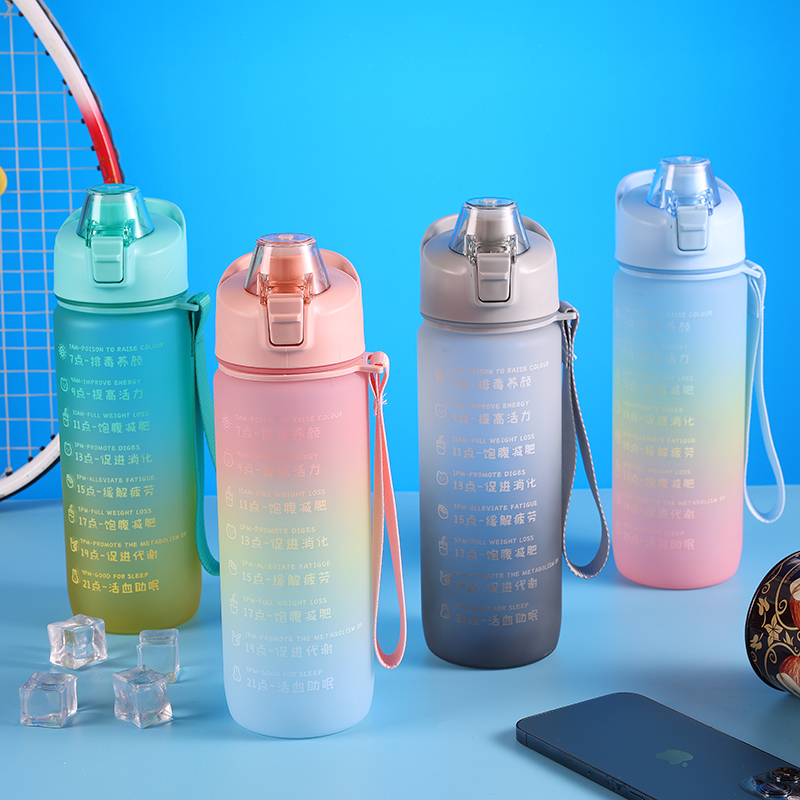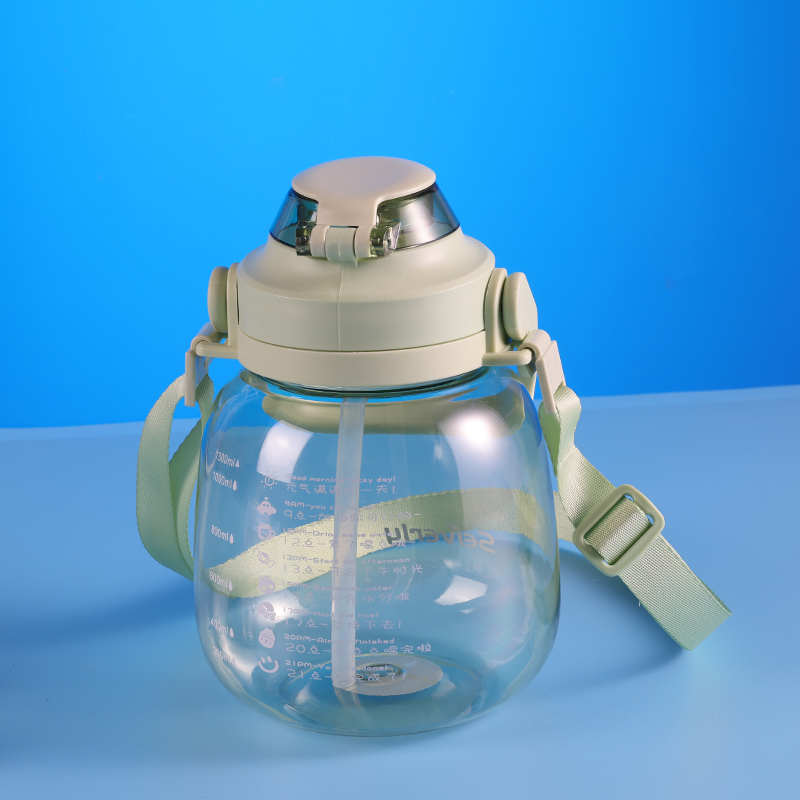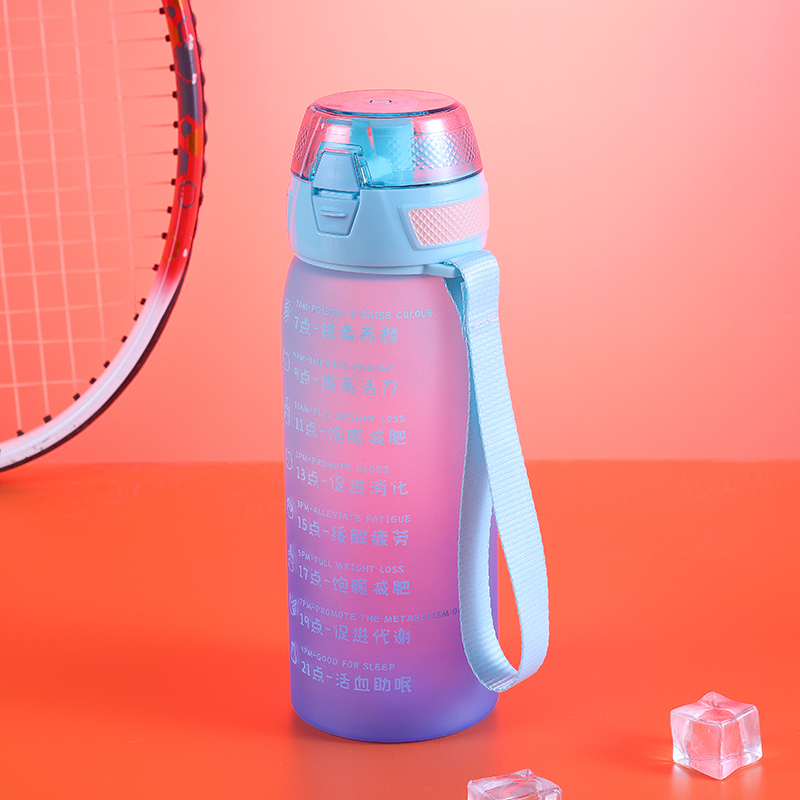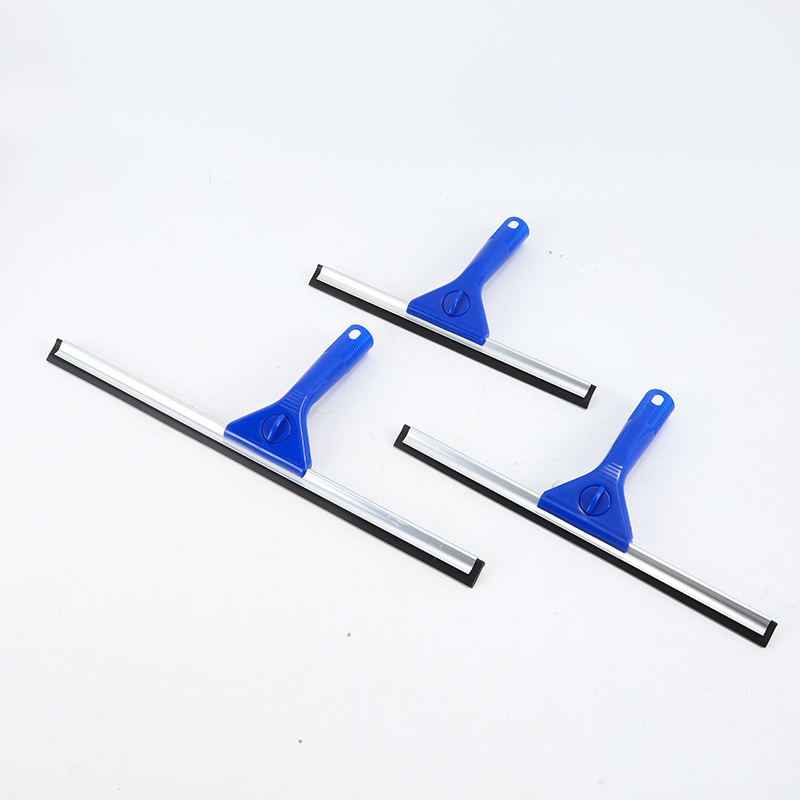3 Ways to Maintain Leak-Proof Bottles
Apply the right amount of torque when capping
Various leak-proof plastic bottle caps for preventing plastic bottles from leaking. One of the most common causes of leaking bottle caps is when you put the cap on too hard or not enough. Each type of plastic bottle cap has a specific torque range to help ensure a proper seal. Using a torque cap outside this range is a potential cause of future product leakage.
The reason why too little torque can cause the lid to leak is simple - the soft lining material of the lid may not seal tightly enough to prevent future leaks. Too much torque creates other problems. If you use too much torque, the cap can strip the threads inside the cap and cause the seal to loosen. Too much torque can also wrinkle the cap liner inside the cap, which can cause the product to leak.
The solution to these problems is twofold: determining the correct torque and testing your container. Your packaging supplier's engineering team can provide a recommended cap torque specification for your cap. There are also common industry standards. For example, a 28mm cap will typically use about 15-inch pounds of force.
Even if you follow manufacturer recommendations and industry standards, you should always test your plastic bottles and caps to ensure good measurements. A benchtop tool tester will allow testing of every product bottle and cap combination. After sealing, let your container sit under light pressure for 24 hours to ensure a tight seal and no leaks.
Securely attach the induction seal to the plastic bottle
Another potential source of plastic bottle leakage is the improper application of the induction seal. Induction sealing is arguably the best way to seal plastic bottles for almost any type of product. These plastic liners require electromagnetic pulses to excite molecules that heat the induction seal enough to attach it to the opening of the plastic bottle. However, it can be problematic when applied incorrectly.
As with torque problems, too much or too little heat can create leakage problems. Insufficient sealing time will not fully connect the induction seal properly. Sealing for too long can burn the seal, which can create pinholes in the liner and cause the product to leak.
Just like lids, induction seal manufacturers can provide application recommendations. However, you'll still want to test the range of potential seals to make sure your bottle is properly secured. After applying the induction seal, place the bottle on its side for 24 hours to test. You can also do 10 sample seals at different levels for a good range of potential leaks. Adding weight to the top of the side bottle can also further test the security of the induction seal.
Avoid product and chemical incompatibility
Some plastics and chemicals don't work well together. Aggressive chemicals like acetone and fuel additives can damage your bottles and caps if you don't use compatible materials.
Fortunately, packaging engineers are a great resource for material compatibility information. These experts can tell you which cap liner is best for your filling product, especially if your chemicals are more aggressive.
Even after these recommendations, you still need to test your plastic bottle and cap combination to make sure your filled product won't cause any packaging issues. Heating filled bottles in a test oven will help speed up any chemical processes caused by corrosive chemicals. This process will give you a better understanding of how your product affects the cap liner.


 English
English Español
Español 中文简体
中文简体










